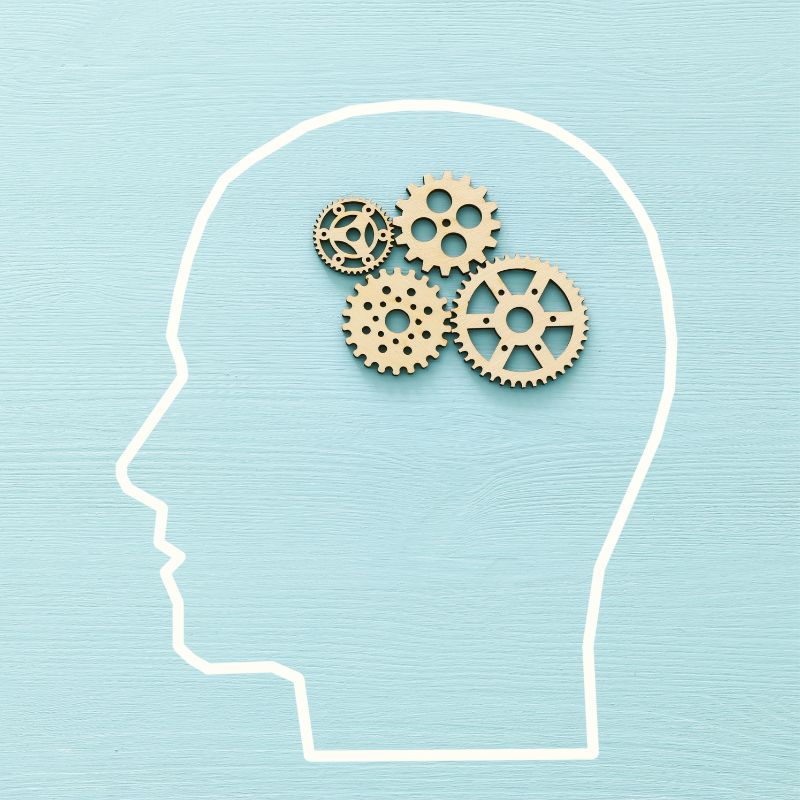School this year has looked and felt a whole lot different. Schools had to quickly pivot to virtual classrooms due to concerns over the pandemic. Children quickly gained a new vocabulary with words like “hybrid,” “synchronous,” “asynchronous,” and “learning pods”. The transition has impacted parents, teachers, and most of all, students.
Students are now required to sit through long days of school online. Adding to the frustrations, many can’t navigate all of the technology required to be a successful learner, thus requiring parental support. If you’re like most parents, you’ve found yourself worrying about your children’s ability to successfully adapt to this new mode of instruction and get not only adequate education, but also adequate socialization.
What was once only a few very stressful hours of tears (from both parents and students) to conquer the pile of homework has turned into battling and arguing about entire school days.
Does My Child Have ADHD?
Chances are you’ve found yourself wondering, “Is it this hard for everyone? Is there something wrong with my child?” If you’ve had those thoughts, I promise, you’re not alone. Many parents feel frustrated that their child is easily distracted and wonder, “Could this be ADHD?” Chances are, unless this was a problem in prior years, the most likely answer is no.
The most recent research and statistics show that only 13% of boys and 5% of girls are diagnosed with ADHD. Boys tend to present with more hyperactivity and impulsivity, whereas girls tend to be more easily distracted or “lost in thought.” Additionally, some risk factors for ADHD include being born premature, low-birth weight, having prenatal drug or alcohol exposure, exposure pre or postnatal to environmental toxins such as lead, or having a direct family member (parent or sibling) diagnosed with Attention-Deficit/Hyperactivity Disorder (ADHD).

The Child’s Mind Isn’t Designed For This
The human brain has developed over thousands of years; we are meant to be social creatures and our brains are designed to learn by observing others. Learning online and having to sit in a chair every day for hours is extremely difficult for young children, children with disabilities, and even me (and I bet you too) some days. If we take a minute to realize that computers were only invented in the last century, it starts to make sense that our children’s brains aren’t designed or used to learning through a screen. A human brain is not fully developed with all of the planning and organizing skills until a person is in their mid 20’s.
Ultimately, expecting a child to learn and perform well in front of a computer all day is a very hard and borderline unrealistic expectation for most children. Even when a brain is fully developed (like yours), a brain needs a variety of activities throughout the day in order to maximize functioning.
A Healthy & Balanced Mind
One way to think about what our kids need is what psychiatrist Dr. Dan Siegel has called the “healthy mind platter.” A healthy Mind Platter requires the following 7 things every day:
● Sleep Time
● Physical Time
● Focus Time
● Connecting Time (engaging socially with others)
● Downtime (allowing some television or relaxing time)
● Playtime
● Time-in (introspective time)
There’s no magic formula to tell you how much of each category any single person needs. For example, young children or children with special needs may need more physical time or playtime while an adult may need more time-in (introspection). What will be critical is checking in on your child’s schedule to ensure their day allows for each activity.
So What Should You Do?
Because of the current limitations with COVID, it can be very difficult to ensure that your child is receiving the appropriate balance. Activities such as Cosmic Kids Yoga, GoNoodle.com or even Wii sports or Wii Fit can help your child get their physical time while staying indoors and being COVID conscious. Engaging in art activities could also be a wonderful way to gain introspective time and get your kids off of their screens. Make sure your child isn’t just bouncing from activity to activity without any of that important downtime. So the next time you see your child struggling with online learning, think about their day. Think about what they might be missing from their mind platter that day.




